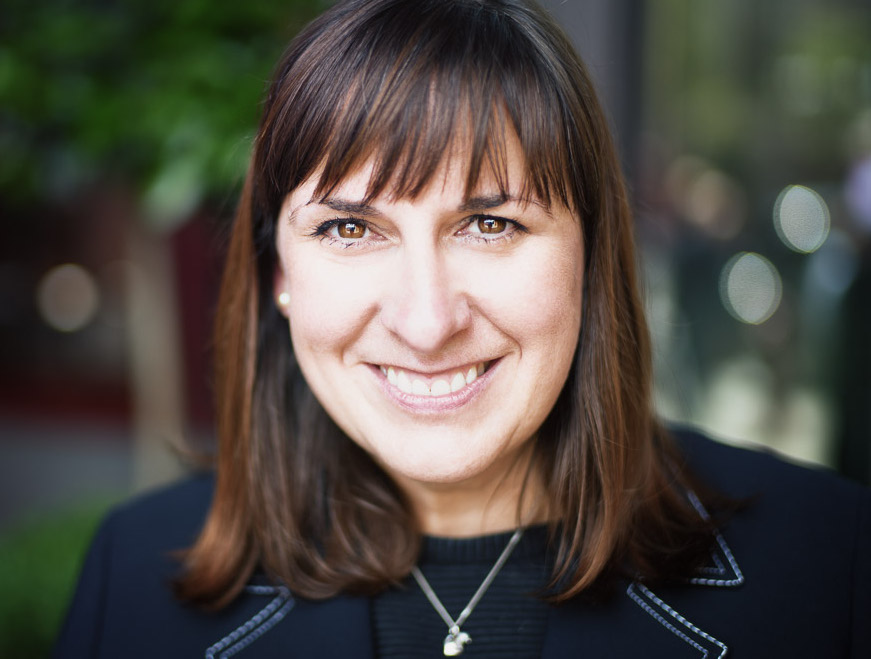- Home
- About Us
- The Team / Contact Us
- Books and Resources
- Privacy Policy
- Nonprofit Employer of Choice Award

 When you put your supporters at the heart of your fundraising, you increase your chances of developing communications that will really resonate with them. When you understand what makes your donors tick, you can then support them in a way that will continue to inspire them to stay involved.
When you put your supporters at the heart of your fundraising, you increase your chances of developing communications that will really resonate with them. When you understand what makes your donors tick, you can then support them in a way that will continue to inspire them to stay involved.
Many of us diligently spend time finding out about our supporters through focus groups, surveys and interviews in an attempt to develop fundraising activities that will have the highest chance of success.
But these methods of understanding our audiences come with a health warning. They may not be as effective as we would hope, because when we ask people questions, what they tell us and what they actually do are not always the same.
As humans, we tell people what we think they want to hear, or what we want to believe about ourselves. For example, one organisation I work with asked their members what they think about celebrity endorsement. The majority of people told them that an endorsement from a celebrity wouldn’t make a difference to their charitable support. However, communications including celebrity endorsement to that same group of people got a much higher response rate than communications without.
The second health warning is not to assume that supporters will always know what they want or need. Steve Jobs claimed, “It's really hard to design products by focus groups. A lot of times, people don't know what they want until you show it to them.”
I do think carefully constructed and analyzed focus groups are an important part of understanding your supporter needs. However they are not the only way. Ethnographic techniques; spending time with your supporters, and observing how they behave can also be really valuable.
Below are three tactics that you can use to uncover what people want or need without asking them.
1. Look for what people need but can’t articulate. For example, the selfie stick. Today most of us take photos of ourselves that are commonly known as ‘selfies’. Because of this, most smart phones now have a setting so you can see yourself on the screen, which eliminates guess work and blurry half-cropped faces. With the framing problem solved, next followed the realisation that most people’s arms were not long enough to take a great selfie. The solution is the selfie stick; a retractable stick that attaches to your camera allowing you to get enough distance to take the perfect shot. Selfie takers were not demanding the selfie stick, or longer arms; someone simply spotted the need and made the product.
2. Look for ‘workarounds’ people use to make up for the limitations of existing solutions. For example Masaru Ibuka, Sony's co-founder, who back in the 1970’s wanted to listen to music when he travelled. He often lugged a bulky cassette recorder around with him. This workaround led to the development of the Sony Walkman, a portable stereo cassette player.
3. Look for why people don't buy from you. For example, scientists at a major global pharmaceutical company were developing a drug for depression that had excellent results but was not selling. They discovered that the side effects of the drug, which could include weight gain and sleep loss was overriding its benefits. They made modifications resulting in marginally lower performance but much less intrusive side effects. The new drug sold.
You can see more examples of observing customers, and workarounds here.
These examples are commercial ones and designed to get you thinking. But why not apply them to your fundraising? Ask: What do your supporters need but haven’t articulated? What workarounds are your supporters currently using that you could provide solutions to? And finally, can you unlock the reasons that people choose not to support your cause that they haven’t told you?
How you first understand, and then respond to your supporters is how you will give them the best possible experience of supporting your cause.
Lucy Gower is a trainer and coach specialising in innovation. She led the first innovation team at UK children’s charity NSPCC and it was there that Lucy realized that you can have the best ideas, processes and technology, but if you don’t have the right people working together then even the best ideas will fail. Since leaving the NSPCC in 2012 Lucy has worked with over 50 organisations including Amnesty International, Cystic Fibrosis Trust, Nesta, The Children’s Society and Greenpeace.
Lucy is also author of The Innovation Workout, a blogger and conference speaker, and is often seen on Twitter @lucyinnovation